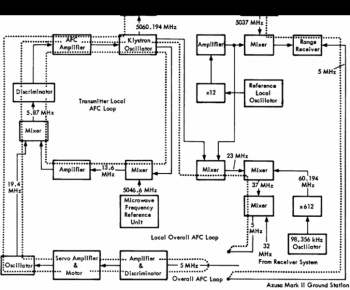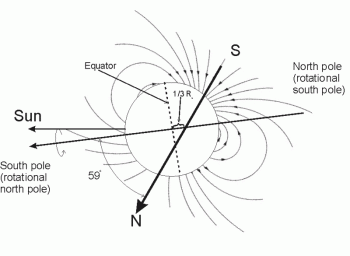Electricity and Magnetism is a field in physics which looks at the effects on electricity and magnetics on the environment. This field is a major area of work with specialties being circuits, fields, charges, and waves and how they interact with electricity and magnetics.
Electricity is the set of physical phenomena associated with the presence and flow of electric charges. Electricity permits the creation and reception of electromagnetic radiation such as radio waves. Electricity produces electromagnetic fields which act on other charges. It can also occur in several different forms such as an electric charge, an electric current, electric field, electric potential and electromagnets.
Magnetism is a class of physical phenomena that includes forces exerted by magnets on other magnets. Magnetism originates in electric currents and the fundamental magnetic moments of elementary particles. Every material is influenced to some extend by a magnetic field. The magnetic state of a material depends on temperature so that a material may exhibit more than one form of magnetism.
© BrainMass Inc. brainmass.com June 28, 2024, 3:34 pm ad1c9bdddf



